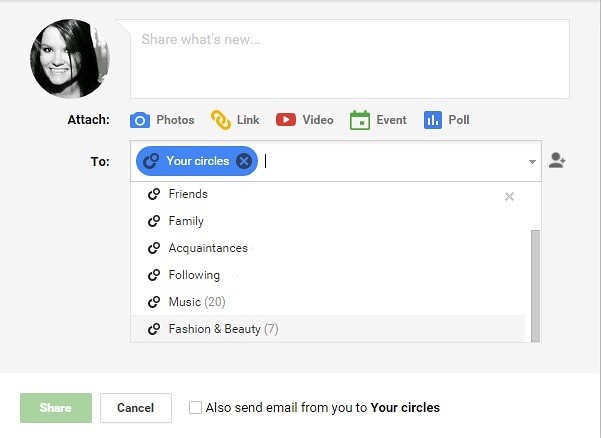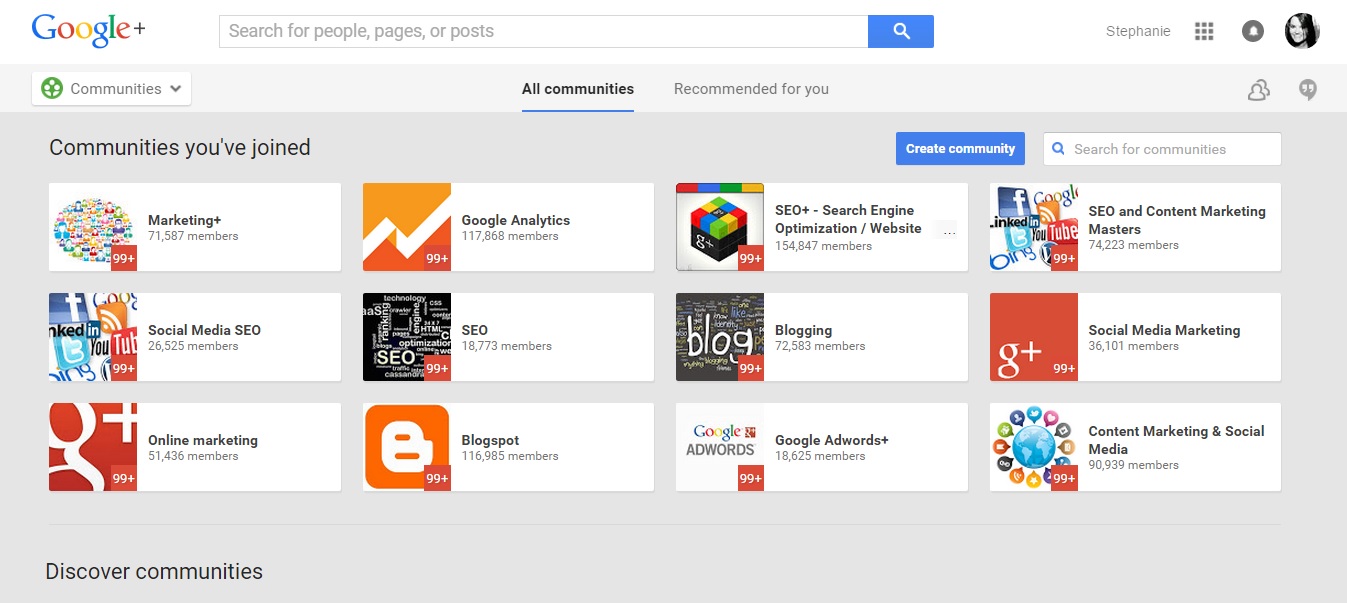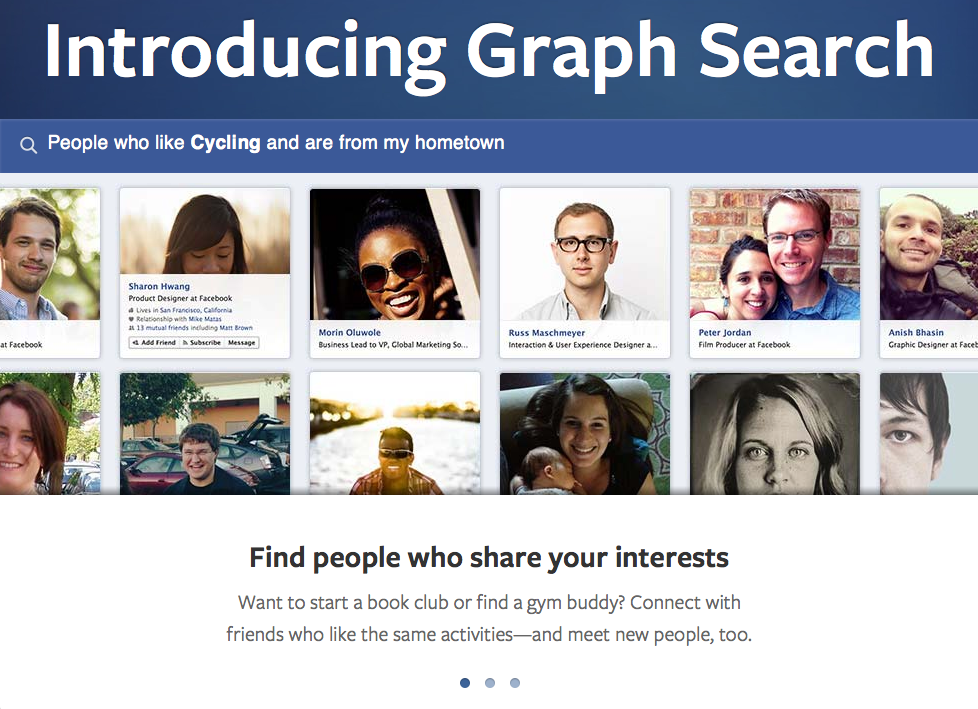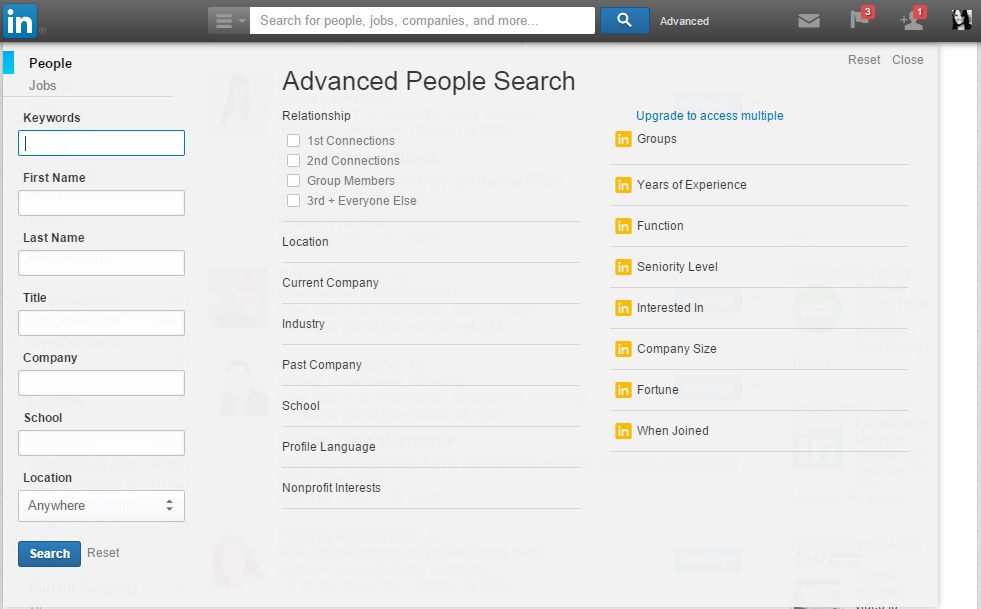Social media is a gift to marketers – it has provided us with a platform to showcase our brands, connect with audiences and, best of all, to start actual conversations.
The popularity of the major social networks means that we can connect with millions of people from all corners of the globe with just the push of a button.
Unfortunately, this can make it difficult to maintain the personal touch when marketing to the social media masses. We want to keep to conversations feeling intimate, but with a fan base which encompasses so many different people from so many different places it becomes extremely difficult.
And that’s where segmentation comes in: it helps us split our audiences so that we can target specific groups with tailored content. That way we can send out posts that will resonate with all of our different audience groups – something that’s very difficult to do with a mass-production approach.
How to segment your audience
Below are 5 easy DIY ways to segment your social media audience on the major platforms – without having to pay for advertising first.
1: Apply filters to posts
Post filters allow you to target different groups with each post – giving you the option of customising your posts for different audiences.
Facebook:
Facebook is great – it lets you filter by gender, age, location, interests, relationship status and more.
What’s even better is how simple it is to do: just write your post and click the down arrow next to the ‘Friends’ button. It will offer you a number of options, and if you click ‘more options’ it will let you customise and modify even further.

LinkedIn:
LinkedIn offers very limited targeting for personal pages, but for company pages it’s fantastic. You can target company size, industry, function, geography and more. Just click the box next to the ‘Share’ button, select ‘Targeted Audience’ and segment away.

Google+
On Google+ it’s made easy, but first you will need to create a ‘circle’ of members that you’re trying to target. Once this is done you can simply select the circle that you’ve created (or circles you’ve made in the past) before you post.

Twitter:
Twitter doesn’t allow you to segment per post (if you don’t pay). For that reason it’s a good idea to post the same content more than once if you’ve got something you’d like all your different audiences to see.
2: Join or create social groups and pages
Posting to groups and pages is another great way to target segments of your audience, and most of the major social networks let you do this for free. You can either join established ones or create your own.
Just a cautionary note on joining groups: treat them as you would a real-life meeting. Don’t just burst in and start recommending yourself. You should first listen politely to other conversations and speak, don’t shout, when you’ve got a valuable contribution to make.
Spamming and overtly ‘salesy’ posts make you look like an ass and risk getting you banned from the group. Social media is used by real people, so act accordingly.
Facebook:
Click on the ‘Groups’ button on your profile. From here you can both search and create your own groups. Or you can head to https://www.facebookgroups.com/.

Google+
Search ‘communities’ or go to www.google.com/+/learnmore/communities/ to find and join communities.

LinkedIn:
Search for related groups or go to LinkedIn Groups for a full list of groups available.

Twitter:
Twitter uses hashtags for this purpose. It does, however, let you create and join ‘lists’, but the lists are for reading only and you can’t post anything to them.
3: Search
Don’t overlook the humble search box. Each social network filters (or allows you to manually filter) your searches to find people or things related to your business. And they’re a lot more powerful than many people give them credit for.
In a segmentation sense it’s helpful to search within your own friends, fans and followers to find the people that have a connection, a commonality or similar characteristics. In an outreach sense it’s helpful to search the public domain to make connections with like-minded people.
Facebook:
Facebook’s Graph Search is a semantic search engine, just like Google. It allows users to type in things like ‘people from Chicago who like cycling’ or ‘Harry Potter fans’ and get results based on their requests.
Basically, it lets you filter your searches based on hundreds of different factors and is a fantastic tool for marketers.
 Twitter:
Twitter:
Twitter has a number of very powerful search functions that not many people know about.
Sentiment
- Twitter allows you to filter Tweets by sentiment using a happy or sad emoticon. So, if you search “Darwin :)” you will get only positive Tweets about Darwin.
Filters
- Twitter allows you to add filters to your search to include (or exclude) certain features. If you search for “Queensland Reds filter:news” you will only get tweets containing news. Below are some of the other filters you can include in your TweetDeck searches:
- filter:images
- filter:verified
- filter:news
- filter:replies
- filter:hashtag
- filter:links
You can also perform the opposite action by using the “exclude” filter. For example, “San Francisco exclude:twimg”, will exclude Tweets with images in your search results.
LinkedIn:
LinkedIn lets you filter your search by factors like job title, relationship, seniority and industry.

Google+
Just like Google’s real search function, Google+’s search does a good job of pulling up people, communities and posts which are the most relevant to you and your particular search.
4: Tagging/Mentioning:
When you tag or mention someone you single them out from the group and bring them into the conversation. If you tag a brand, event or entity (like #AussieRules), you get the attention of their followers or people who are interested and involved.
This is a form of segmentation because it allows you to narrow your conversation down to just the few you’ve tagged or mentioned.
This may seem a very labor intensive and ‘micro’, but this type of segmentation comes with the chance of getting retweeted, shared and spoken about. If you mention an influencer or brand (which is related to your industry) with a large following and they retweet or mention you back you get some great exposure.
Facebook:
You can tag people in pictures, posts and conversations.
Google+
You can mention names in posts (you can use the @mention to find them) and tag them in pictures, groups and conversations.
Twitter:
@mention them or # a popular brand or name.
LinkedIn:
Again, you can tag them by adding their name or @mentioning them.
5: Content

Last but not least, you can segment your audience by the type of content you post.
Consistently posting things which are related to your brand or industry will help to attract only the people who are interested in your field and filter out the rest.
You should also always aim to anchor your content with the appropriate hashtags, links and mentions as this helps to define what you’re about and associate you with the right themes.
The aim of the game on social media is not just quantity, it’s quality. Keeping your content relevant will help you connect with the right people.
If you find you have a lot of followers but not many possible leads, you might need to streamline the relevance of your posts.
Conclusion
Segmentation is a valuable tool which, if applied correctly, can vastly improve the level of engagement you receive via social media and the number of website visitors you get each month. What’s more, it will give you valuable insights into your audience, generate more leads and help you to build a social media marketing campaign that’s tailored to each person’s individual desires.
And the best part? You don’t have to spend a dime to use it.
Tags: leads, Segmentation, social media, social media marketing
Stay In The Know
Cut the clutter and stay on top of important news like this. We handpick the single most noteworthy news of the week and send it directly to subscribers. Join the club to stay in the know…








About Steph Von der Heyde
Our resident wordsmith’s love of digital lured her over from advertising to the online space, where she fell in love with content marketing. Since coming to the online world Steph has made her mark on all outgoing CleverClicks copy and is passionate about using words to build brands. Her obsession with the writing is rivaled only by her love of trail running, yoga and green juice. When she’s not submerged in content strategy you’ll find Steph in Downward Dog.